Geniuses, Madmen & You: 10 Super Traits of CREATIVE PEOPLE
Creativity Matters Now More Than Ever
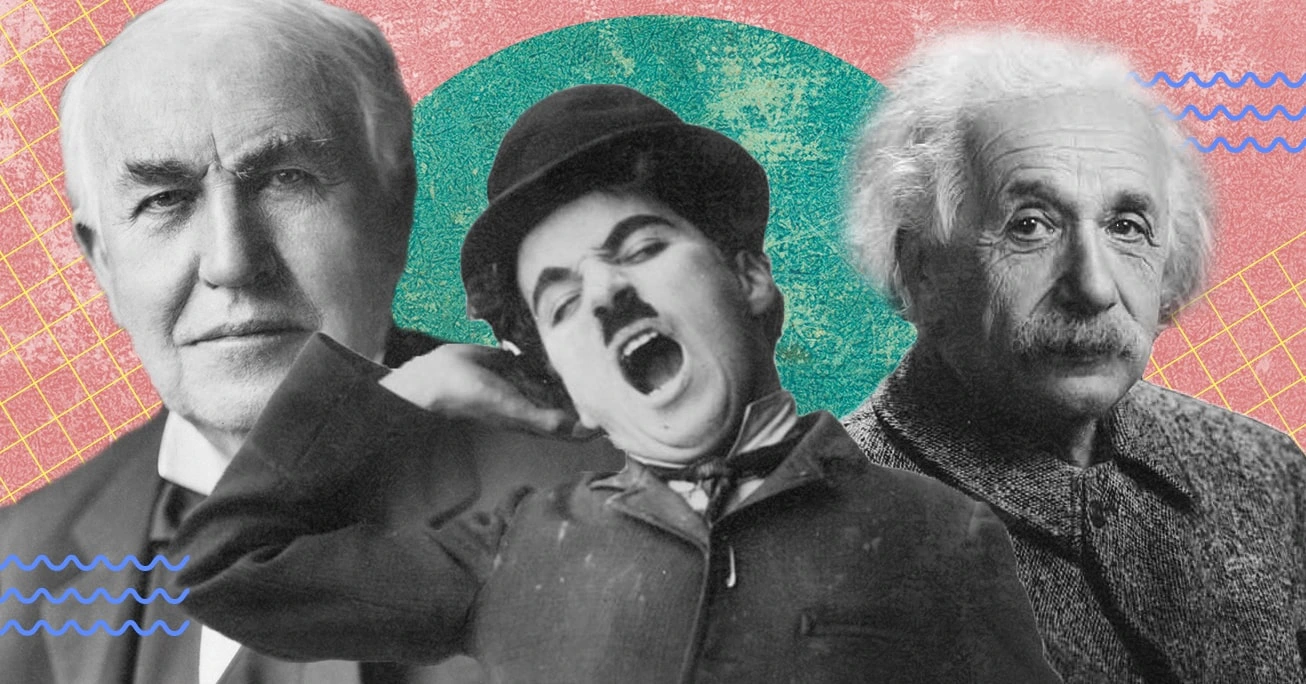
At one time, creativity was viewed as exclusive to artists, poets, and other “off-the-beaten-path” professions. Now, however, things are very different, and we are starting to recognize how critical the ability to be creative is.
Creative pursuits are both a delight to personally engage in and also offer very worthwhile outcomes and contributions to others, to society, and to the world in general.
Creativity is no longer viewed as frivolous or unworthy of study or development.
Both Charlie Chaplin, an actor, and Einstein, a scientist, were creative. Maybe it’s an urban myth, but this is how the story goes:
“When Albert Einstein went to Hollywood in 1931 it’s said that the only person he wanted to meet was Charlie Chaplin.
Albert Einstein: “What I most admire about your art, is your universality. You don’t say a word, yet the world understands you!”
Charlie Chaplin: “True. But your glory is even greater! The whole world admires you, even though they don’t understand a word of what you say.”
Creativity Helped Find the Cure for Pancreatic Cancer
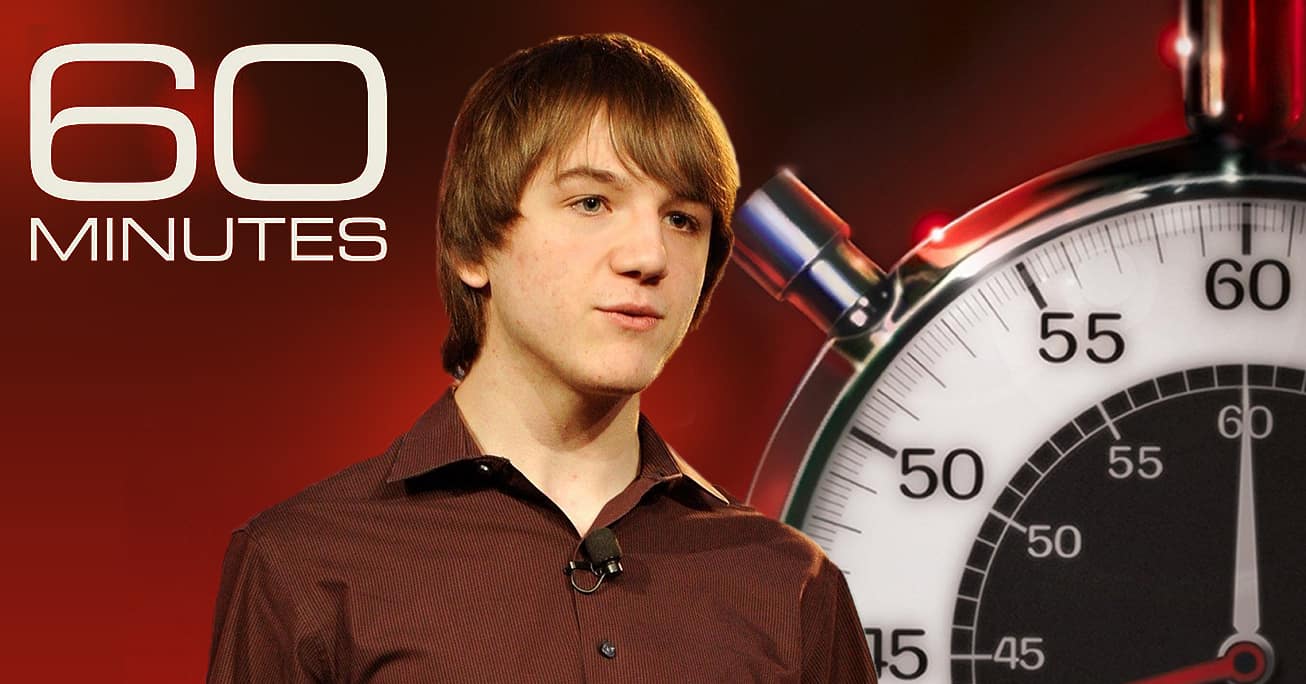 Jack Andraka (at 15) invented a procedure to detect pancreatic cancer. When a family friend died of pancreatic cancer, he set out to be the “science nerd” who solved the problem of early detection. He beat out 1500 contestants and won the grand prize of the International Science Fair, winning $100,000 in prize money in the process.
Jack Andraka (at 15) invented a procedure to detect pancreatic cancer. When a family friend died of pancreatic cancer, he set out to be the “science nerd” who solved the problem of early detection. He beat out 1500 contestants and won the grand prize of the International Science Fair, winning $100,000 in prize money in the process.
But it wasn’t just his love of science and knowledge that made the difference. It was also his creativity.
During his interview on 60 Minutes, he said, “I don’t think I’m really smart. I know people who are way smarter than me. You can be a genius, but if you don’t have the creativity to put that knowledge to use then you just have a bunch of knowledge and nothing else. Then you are just as good as my smartphone.” (“Child prodigies and geniuses,” 2013)
Creativity Will Find Innovative Solutions
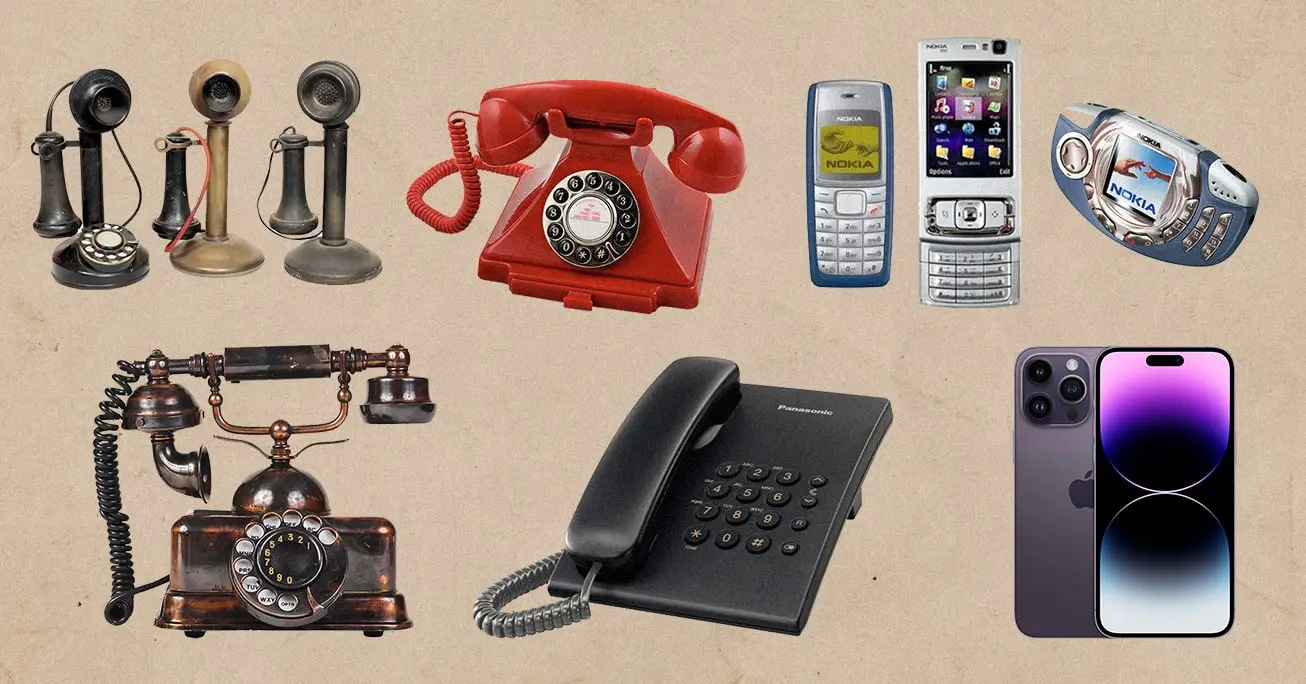
One of the primary drivers is the demand in the marketplace and the culture for innovative solutions—something that Yager (2004) says is one of the “most valuable assets in the U.S. job market.”
“Productivity and precision can be outsourced or extracted from the less experienced. Innovation, the ability to conjure genuinely new ideas without the constraints of convention to even practicality, is what will determine whether you climb along with the recovery or slide into the morass of the replaceable. Information technology is not considered a creative profession.
Without Creativity, a Job Can Be Outsourced
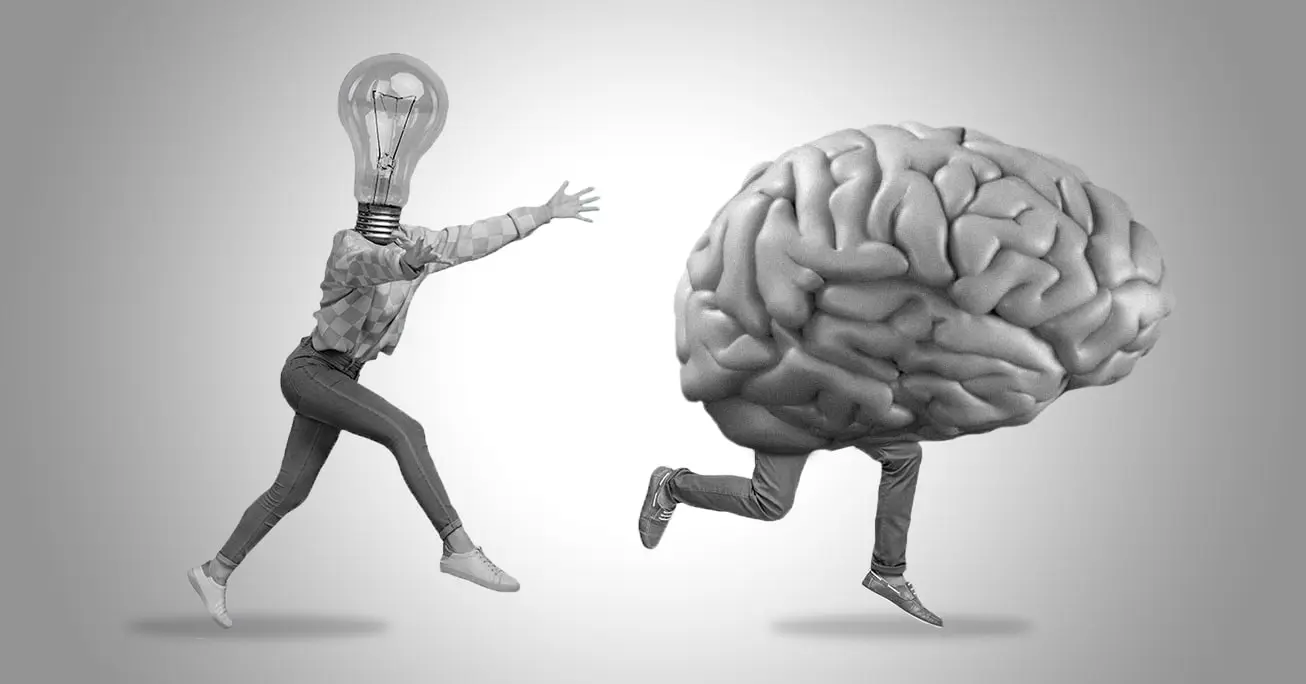
However, if you do not create, dream, and invent, you are a candidate for outsourcing and automation. Great ideas, even if they are just pipe dreams that make other people feel comfortable expressing their own, are now among the most valuable assets on the U.S. job market (Yager 2004).”
However, as a business owner, I am very aware of how important creativity is in being successful in business or any area of work, for that matter. By understanding (and appreciating) creative people we can all become more Creative Contributors.
Traits of Creative People
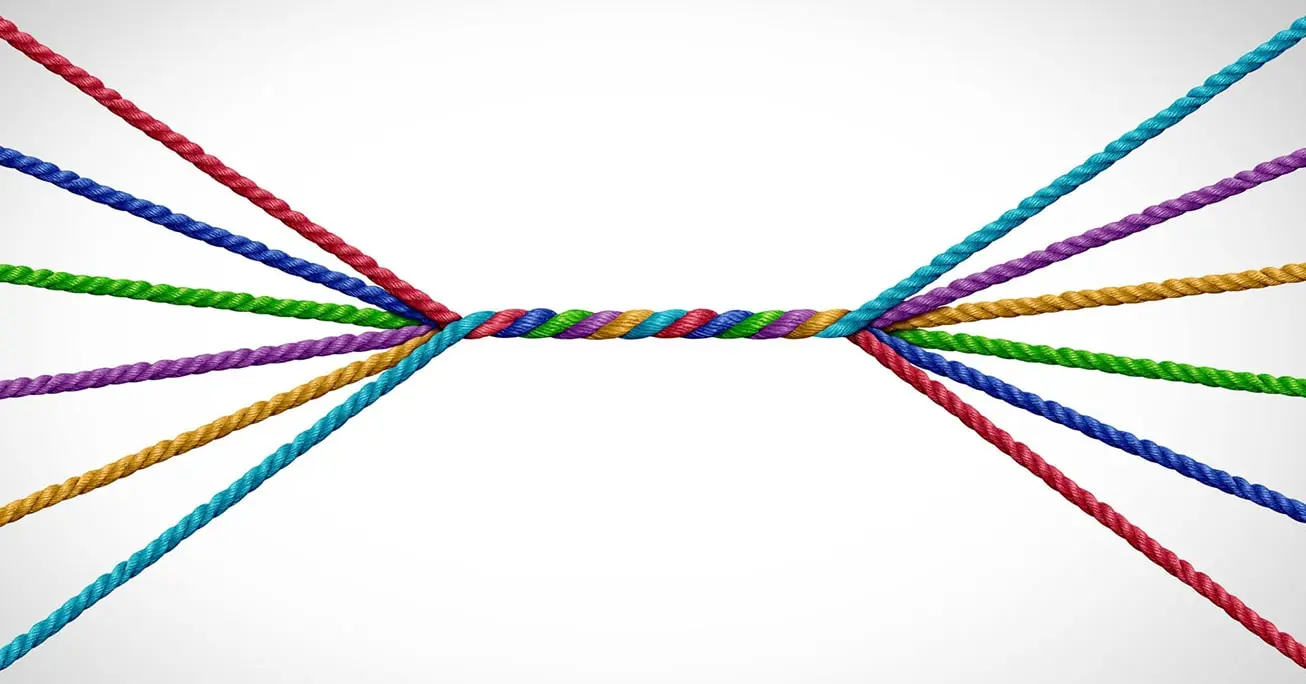
In my informal analysis of creative people, their traits have seemed hard to pin down. The minute I observed one trait as a common denominator among several creative people I knew, I would meet two or three other creative people who seemed to have the opposite trait.
This always mystified me. In Csikszentmihalyi’s (1996) book, Creativity, he solved this mystery. He presented creative people’s traits as existing in a dynamic tension of opposites. Specifically, he listed ten of these opposite traits that are juxtaposed in the creative individual.
1. Creative People are Energetic and Quiet and Restful
 The first trait duo of creative people is that they are both energetic and quiet and restful. Creative people’s energy level does not seem to be static, rather it ebbs and flows, crescendos, and softens.
The first trait duo of creative people is that they are both energetic and quiet and restful. Creative people’s energy level does not seem to be static, rather it ebbs and flows, crescendos, and softens.
Since I have been self-employed in a somewhat creative field (teaching, writing, and research) for most of my life, I have had the luxury of following my natural energy patterns in my work life. I have observed (and learned to follow) these rhythms.
I have noticed during creative phrases that I would go from high-octane overdrive to total respite (high energy to restful). It is typical for me to work for hours (which sometimes turns into days) without any break; then there seems to be a natural endpoint either in the project or my energy and I spend the next day doing nothing but lying on the couch with quiet all around me–wanting no stimulation whatsoever.
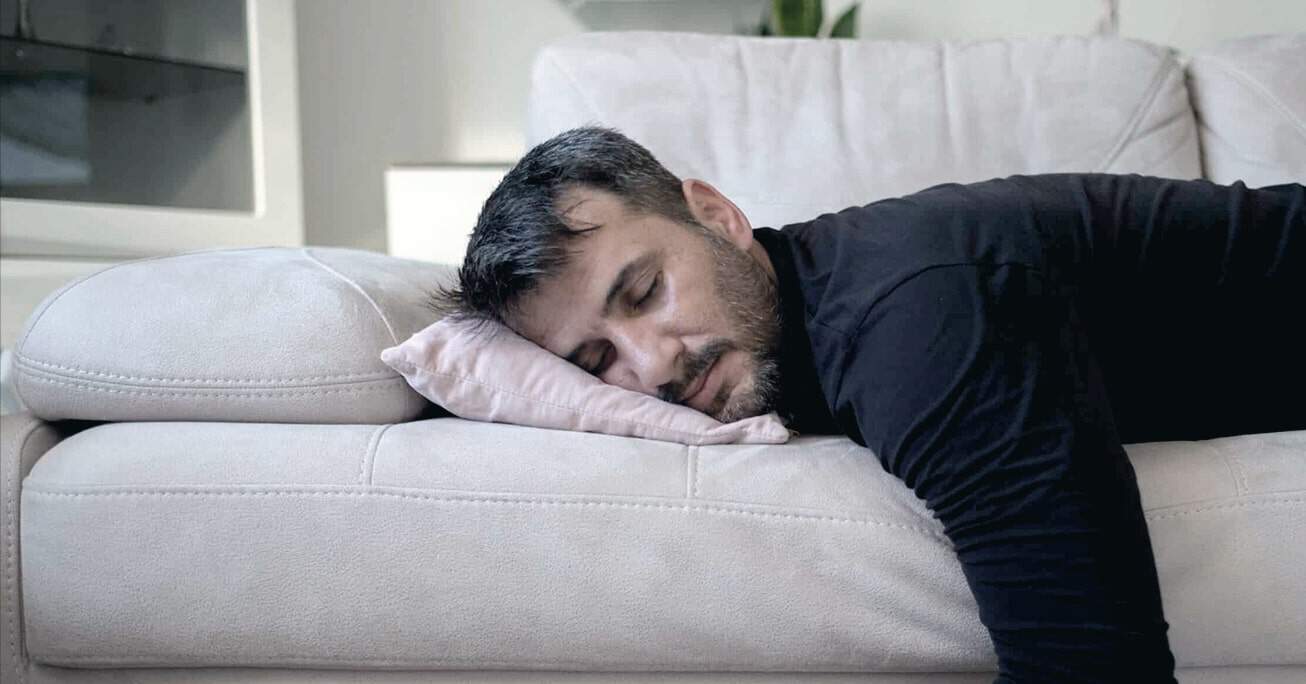
Though energetic and restful are definitely traits of creative people, I also find it interesting that these traits correspond to the creative process itself. There are five stages of the creative process and frankly, I think these specific two traits (energetic and restful) relate a lot to what stage of the creative process the creative person is in at the moment.
For instance, sometimes, during the immersion stage or the elaboration stage, there is lots of energy and excitement; however, during the incubation stage, there is much more reflective, quiet, and restful thoughtfulness. This action-to-reflection mode is typical of creative people.
Csikszentmihalyi (1996) said this quiet time is seen by the creative person as building up their reserves again. Creative people definitely think in terms of the conservation of energy, so that the energy is there for them when they need it—particularly for their creative pursuits.
2. Creative People are Smart, but Naïve
 The second trait of creative people is that they are smart but naïve. Creative people have a mental quickness and insight that denotes intelligence; they “shatter shot” mentally (free associating many ideas) and they are cognitively complex.
The second trait of creative people is that they are smart but naïve. Creative people have a mental quickness and insight that denotes intelligence; they “shatter shot” mentally (free associating many ideas) and they are cognitively complex.
However, the stereotype that creative people are all smarter than your average bear is not necessarily true. In a very early study, Lewis Terman (1925) found that a certain base level of IQ is needed for creativity, but any increments over 120 in IQ does not necessarily imply higher creativity.
What mentality is typical of creatives is an inordinate amount of curiosity. One of my favorite quotes is by Dorothy Parker:
“The cure for boredom is curiosity. There is no cure for curiosity.”
And indeed creative people don’t want to be cured.
My own definition of being naïve means being trusting (sometimes almost childlike in that trust); unrealistically optimistic about people, events, and outcomes; and being straightforward, honest, and unaffected in one’s perspective of life, the world, and others.
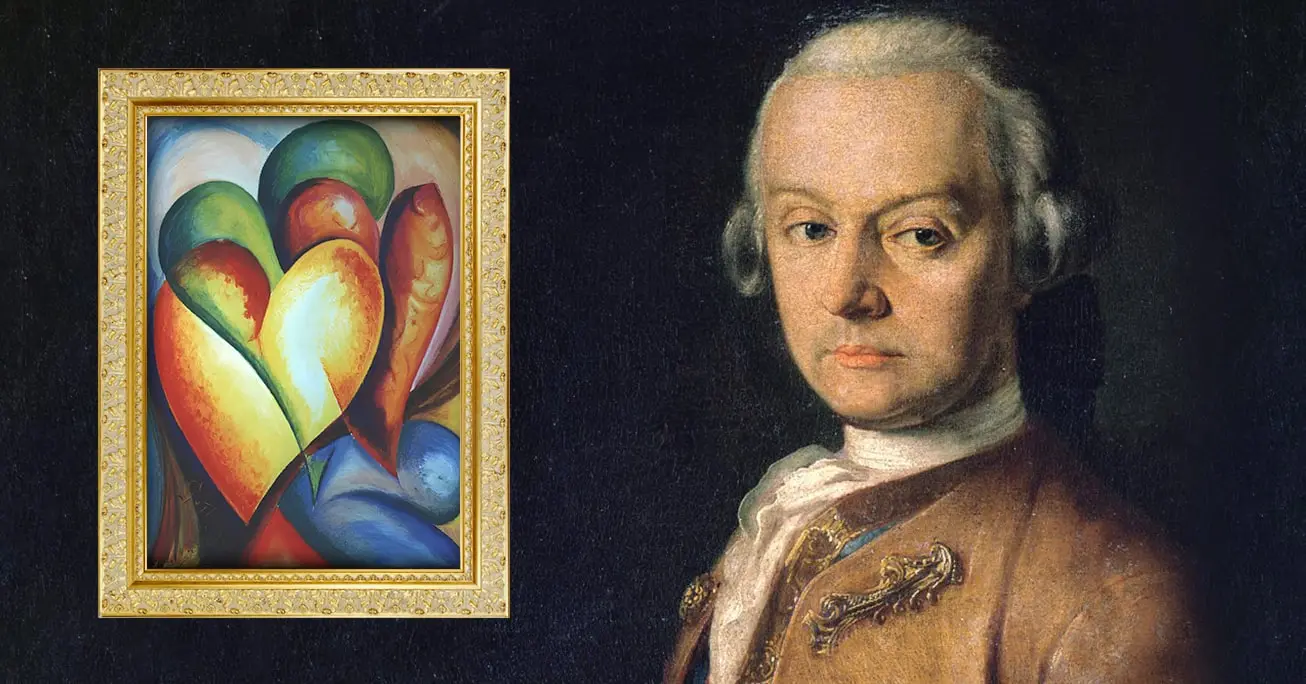 This childlike view of the world—often accompanied by emotional and mental immaturity as characterized by Mozart—is juxtaposed with “smarts” in creative people.
This childlike view of the world—often accompanied by emotional and mental immaturity as characterized by Mozart—is juxtaposed with “smarts” in creative people.
Perhaps a reason that creative people are naïve is because their mental energies are directed toward their creative pursuits.
Creative people have an investigative mindset toward their creative passions and an enormous absorption in them that disallows time and energy for deceit, treachery, and cunning. For whatever reason, both intelligence and naiveté are common to creative people.
3. Creative People are Playful and Irresponsible/Disciplined and Responsible
 Creative people are playful, spontaneous, and inquisitive. And in the process of pursuing their delights and passions, they are often irresponsible. Mundane agendas and pursuits bore them and so these things are often neglected.
Creative people are playful, spontaneous, and inquisitive. And in the process of pursuing their delights and passions, they are often irresponsible. Mundane agendas and pursuits bore them and so these things are often neglected.
However, in things that matter to them, creative people are very disciplined and responsible. They will do whatever is necessary to bring their ideas to fruition, often showing great discipline, diligence, and responsibility.
Most of the literature on creativity does not necessarily analyze why this seriousness can be seen in the same creative, playful personalities, but I suspect that part of it is because many innovators are very committed to their work for personal reasons.
For instance, Samuel Morse who invented the Morse Code was particularly motivated because he missed news of his wife’s death and missed her funeral because of no communication. Edison, being hard of hearing, invented the hearing aid.
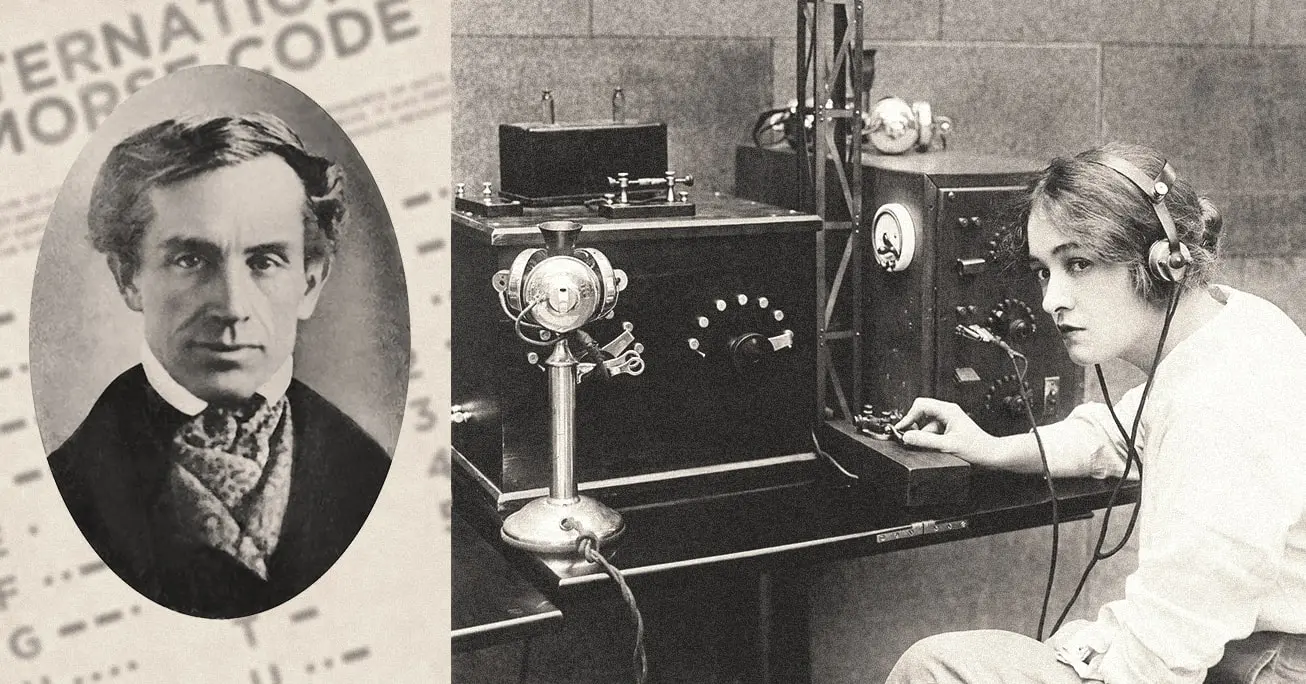
Louis Marie Hilaire Bernigaud de Chardonnet developed rayon, a manmade fabric, in response to a silkworm disease that was threatening the French silk industry.
Alfred Noble created an explosive that could serve as a replacement for the then-unstable gunpowder after his father died in an explosion in the family nitroglycerin factory. Whatever playful delight creatives bring to their work, they also bring a very serious level of commitment to it as well.
4. Creative People are Imaginative and Fanciful/Rooted Sense of Reality
 The world of the imaginative and fanciful is a world where creative people spend lots of their waking hours. They have highly developed imaginations and travel to many worlds of possibilities in their minds; however, they can shift quickly from the imaginative to the real.
The world of the imaginative and fanciful is a world where creative people spend lots of their waking hours. They have highly developed imaginations and travel to many worlds of possibilities in their minds; however, they can shift quickly from the imaginative to the real.
Somewhere along the line, creative people develop a very pragmatic and earth-bound reality that holds them in good stead. They ground and link their need for and execution of novelty in reality.
5. Creative People are Extroverted and Introverted
 Many creative people are highly skilled socially; however, they don’t always like being around people. When the social interaction is stimulating and productive, creative people are extroverted and engaged.
Many creative people are highly skilled socially; however, they don’t always like being around people. When the social interaction is stimulating and productive, creative people are extroverted and engaged.
However, too much social interaction makes the creative person feel drained and this is when they will resort to introverted aloneness. I remember reading an article on Val Kilmer (an actor who lived in Santa Fe) where he described himself as an “extroverted hermit.” Typical.
6. Creative People are Proud and Humble
Creative people are proud, with a lot of confidence in both their abilities and in their creative projects. The sense of accomplishment and recognition they get from their efforts and their work fuels this even more.
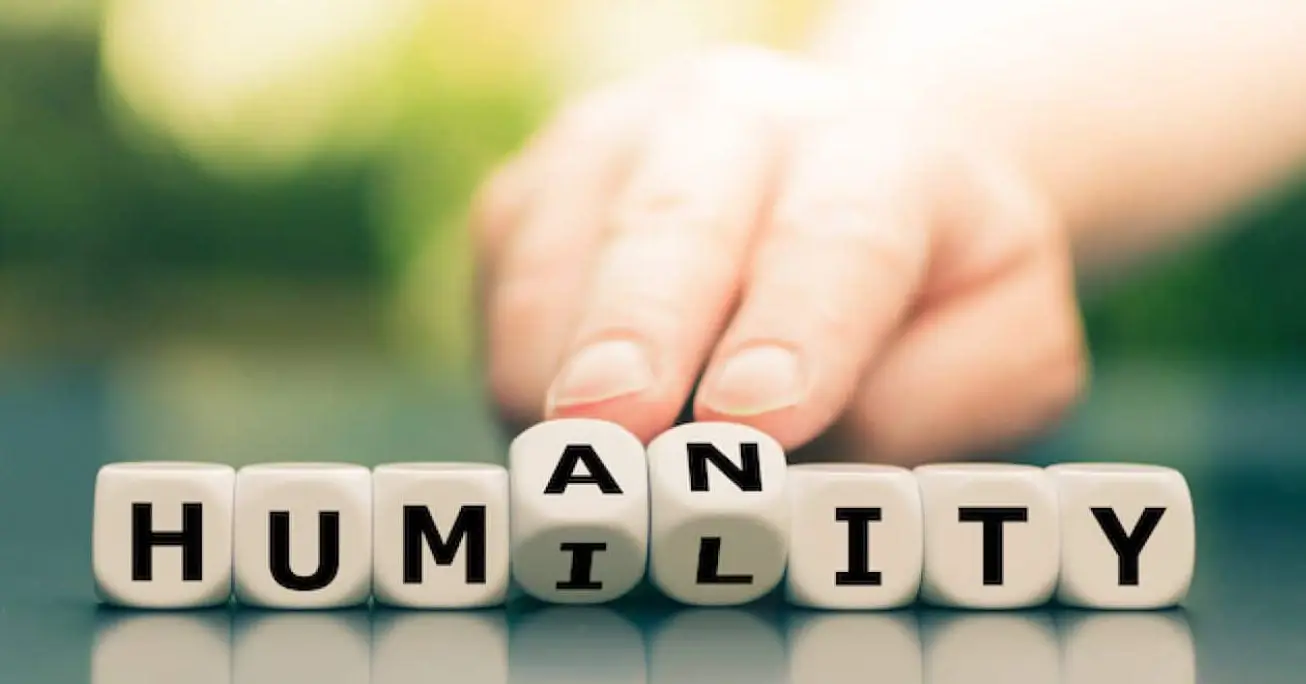 In contrast, creative people are also very aware that their outcomes are not entirely driven by themselves—which creates humility. They often attribute their success to luck, others, timing, etc. They are very aware of the contributions of others who have gone before them and contributed significantly to the field.
In contrast, creative people are also very aware that their outcomes are not entirely driven by themselves—which creates humility. They often attribute their success to luck, others, timing, etc. They are very aware of the contributions of others who have gone before them and contributed significantly to the field.
They often feel that they are standing on the “shoulders of giants.” This understanding keeps them humble.
7. Creative People are Androgynous
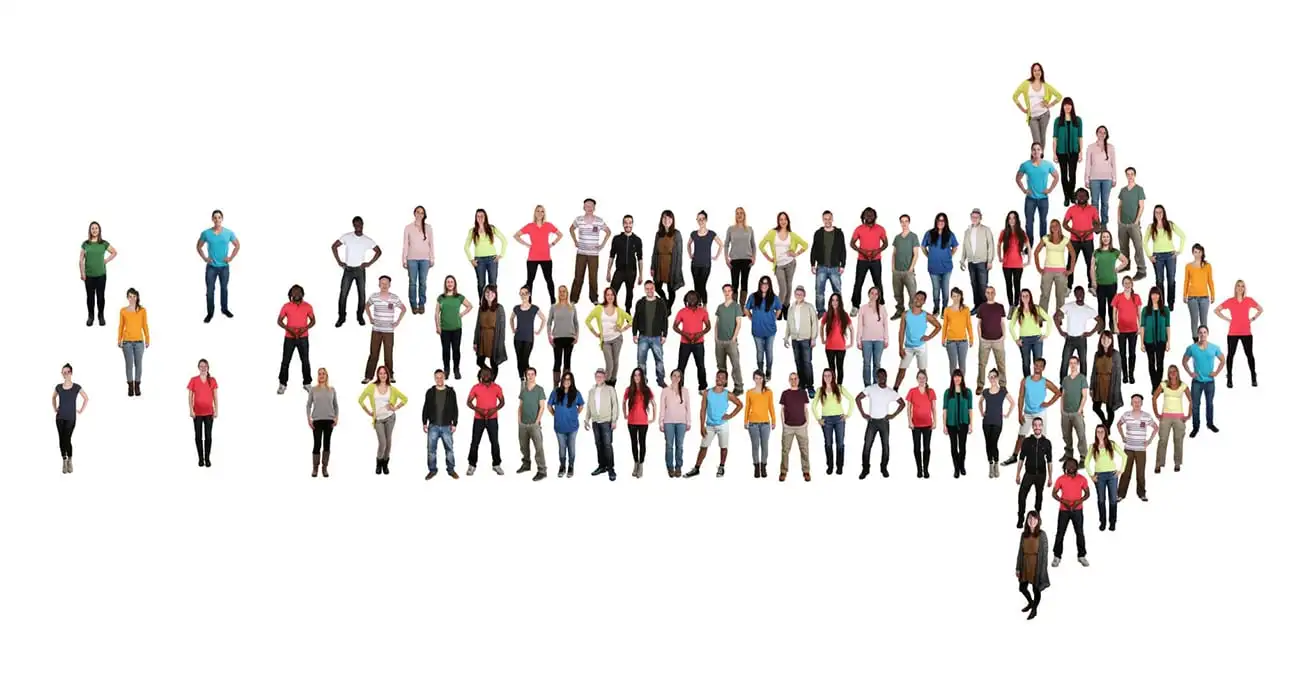 Creative people express many traits and dispositions that are typical of the other gender, which has nothing to do with their sexuality. For instance, creative women are often dominant and tough, while creative men are often sensitive and less aggressive. This psychological androgyny makes them adaptive and able to pull from the strengths typical of both genders.
Creative people express many traits and dispositions that are typical of the other gender, which has nothing to do with their sexuality. For instance, creative women are often dominant and tough, while creative men are often sensitive and less aggressive. This psychological androgyny makes them adaptive and able to pull from the strengths typical of both genders.
8. Creative People are Traditional and Conservative; Also Rebellious and Iconoclastic
Creative people are often traditional and conservative in their values and perspectives. They often have great respect for the “rules” of their domain and for the creators who have gone before them, so they are often sticklers for “doing it right” or for following traditional structures.
This can seem counter-intuitive when observing creative people’s seemingly outrageous behavior (especially in the art world). However, creative people are not “out there” just to be “out there.”
Personal autonomy is a core characteristic of the creative personality (Barron and Harrington 1981). That is, original people demonstrate a general trait of self-direction and a willingness to depart from social norms when appropriate (Barron and Harrington 1981).
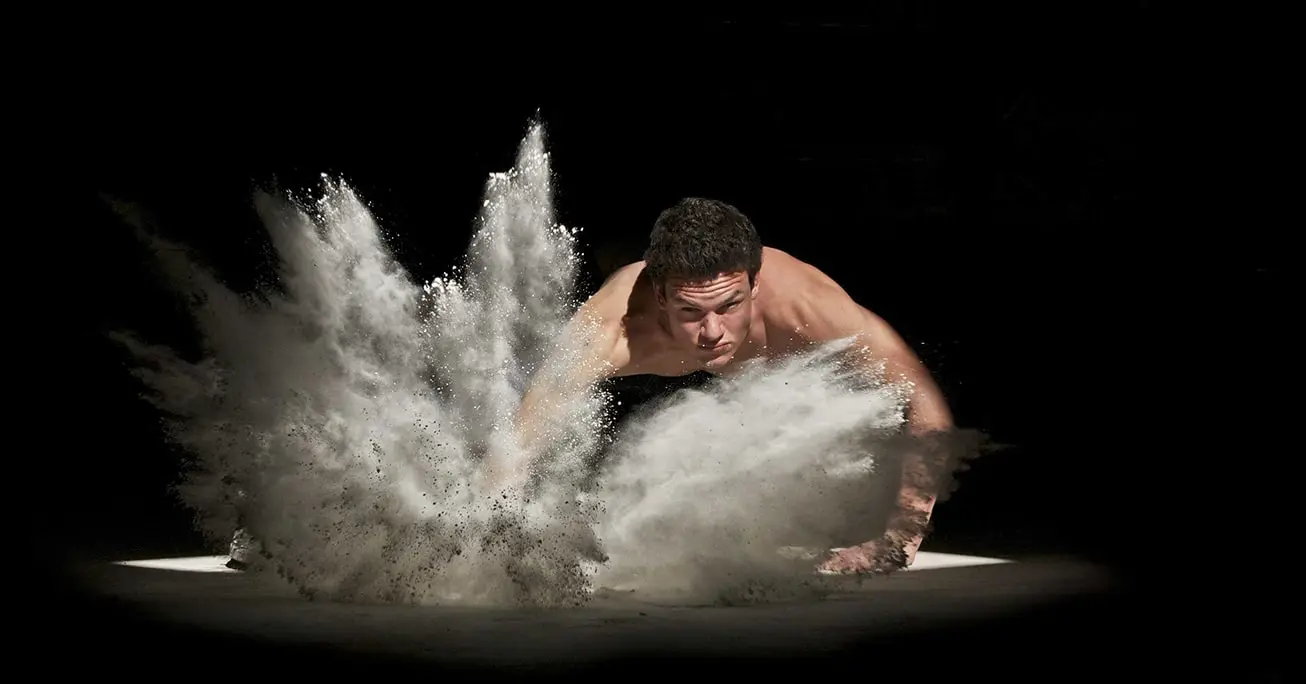 They are often rebellious and iconoclastic because their inner states and the expression of those inner states don’t fit with the culture. When they are forced into a choice between the two, they choose to honor their own creative insights, instincts and urges rather than the dictates of a predictable culture.
They are often rebellious and iconoclastic because their inner states and the expression of those inner states don’t fit with the culture. When they are forced into a choice between the two, they choose to honor their own creative insights, instincts and urges rather than the dictates of a predictable culture.
9. Creative People are Passionate and Objective
 Creative people are very involved, immersed, and passionate about their work. They bring great intensity and fire to their creative efforts. Such passion, however, does not dull their objective sense of their work.
Creative people are very involved, immersed, and passionate about their work. They bring great intensity and fire to their creative efforts. Such passion, however, does not dull their objective sense of their work.
In some way, they can go back and forth between attachment and detachment toward their work.
10. Creative People Experience Great Suffering/Great Enjoyment
Creative people often suffer more than others because of a heightened sensitivity. Jacob Rabinow (an inventor who owns more than 200 patents) says, “Inventors have a low threshold of pain. Things bother them.”
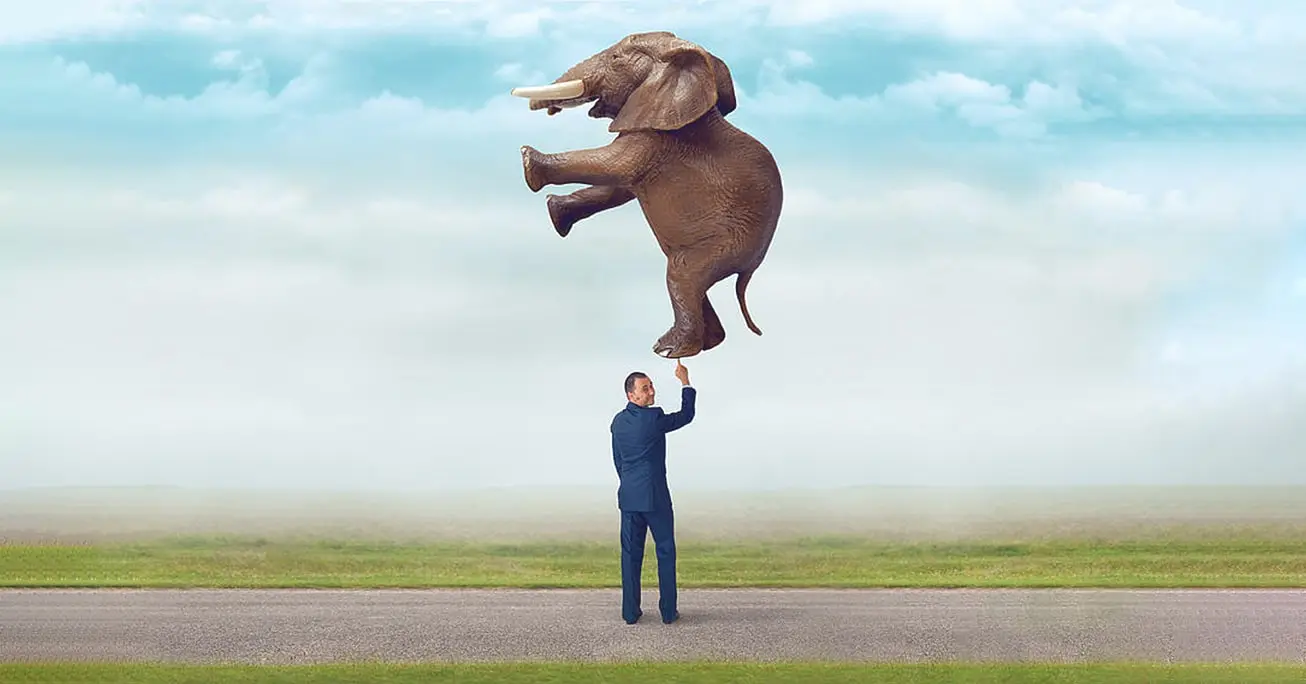 Unfortunately, writers and artists do have high rates of psychopathology and addictions; they often feel isolated and misunderstood and suffer great depression when they cannot work.
Unfortunately, writers and artists do have high rates of psychopathology and addictions; they often feel isolated and misunderstood and suffer great depression when they cannot work.
Conversely, however, they also experience tremendous joy in their creative pursuits, and because of their full-throttle engagement in almost everything they do, they also feel intense enjoyment and pleasure from their lives.
Yes, creative people are a mix of contradictions, but they all work together to make them creative contributors.
References:
Barron, F. and D. Harrington (1981). “Creativity, intelligence, and personality.” Annual Review of Psychology 32: 439-476.
Child prodigies and geniuses. (2013). In K. Textor (Producer), 60 Minutes.
Csikszentmihalyi, M. (1996). Creativity: Flow and the Psychology of Discovery and Invention. New York, Harper.
Terman, L. M. (1925). Genetic studies of genius. Stanford, CA, Stanford University Press.
Yager, T. (2004). “Innovate, or take a walk.” InfoWorld 26(16): 69.

